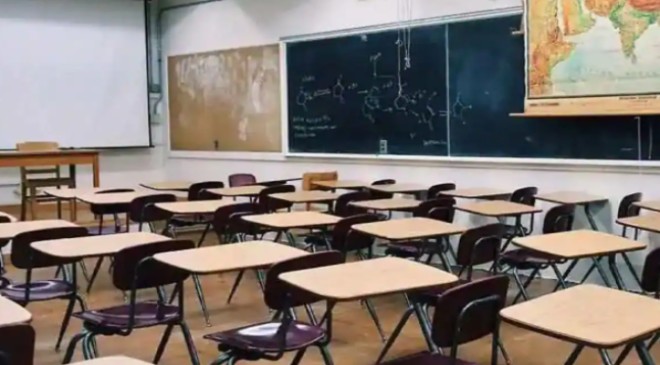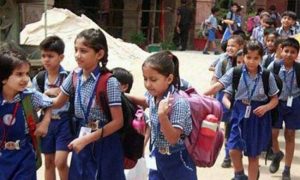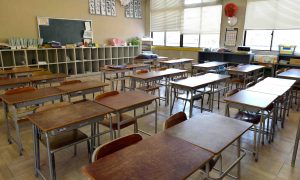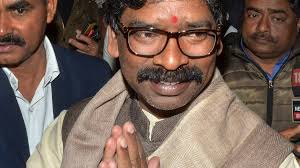Following the pandemic, attendance of students in Jharkhand schools dropped to 58 percent at the upper primary level and 68 percent at the primary level, according to a report prepared by economist Jean Dreze. The report, prepared on the basis of a survey conducted in 138 state-run schools across 16 districts of the state, stated that 53 percent of teachers admitted that students had forgotten how to read and write after the schools reopened following the pandemic.
“The survey showed that underprivileged and tribal children were left abandoned by the Education Department. The schools were closed for two years but nothing was done for them. Online education during the period was just a joke, as 87 percent of students in government schools had no access to smartphones,” Mr Dreze said.
Jharkhand Education Project Council (JPEC) director Kiran Kumari Pasi told PTI that the learning abilities of students and attendance in schools have declined after the pandemic.
“I don’t want to comment on the survey as I haven’t seen it. But, it is a fact that the learning abilities of students and attendance in schools have declined after the pandemic. We have taken various initiatives, from promoting sports to recreation activities, to bringing students back to school. The situation is improving now,” she said.
WHAT IS JPEC?
JPEC is an autonomous body set up by the Jharkhand government for the universalisation of primary education. While Classes 1 to 5 form the primary level of education, Classes 6 to 8 comprise the upper-primary level.
The survey, ‘Gloom in the Classroom: The Schooling Crisis in Jharkhand’ conducted by Bharat Gyan Vigyan Samiti (Jharkhand) also found an acute shortage of teachers.
WHAT DID THE SURVEY REVEAL?
Only 20 percent of upper-primary schools and 50 percent of primary schools have a teacher-student ratio of less than 30, as prescribed under the Right to Education Act (RTE), the report prepared by the Belgian-born economist along with researcher Paran Amitava stated.
Out of the 138 schools surveyed for the report, 20 percent had a single teacher, it said. At 55 percent, para-teachers accounted for the majority of teachers at the primary level in these schools. At the upper-primary level, the figure was 37 percent, it added. About 40 percent of primary schools surveyed were run by para-teachers.
“Para-teachers have lower qualifications and less training than regular teachers, and it is doubtful if they are more accountable,” Mr Dreze said, adding that no teacher recruitment was done in the last six years in the state.
Not one of the schools surveyed had a functional toilet, electricity, or water supply, the report claimed. Around 66 percent of the primary schools had no boundary wall, 64 percent did not have a playground and 37 percent had no library books, it said. The majority of the teachers said that the school did not have adequate funds for the midday meals, it mentioned.





































